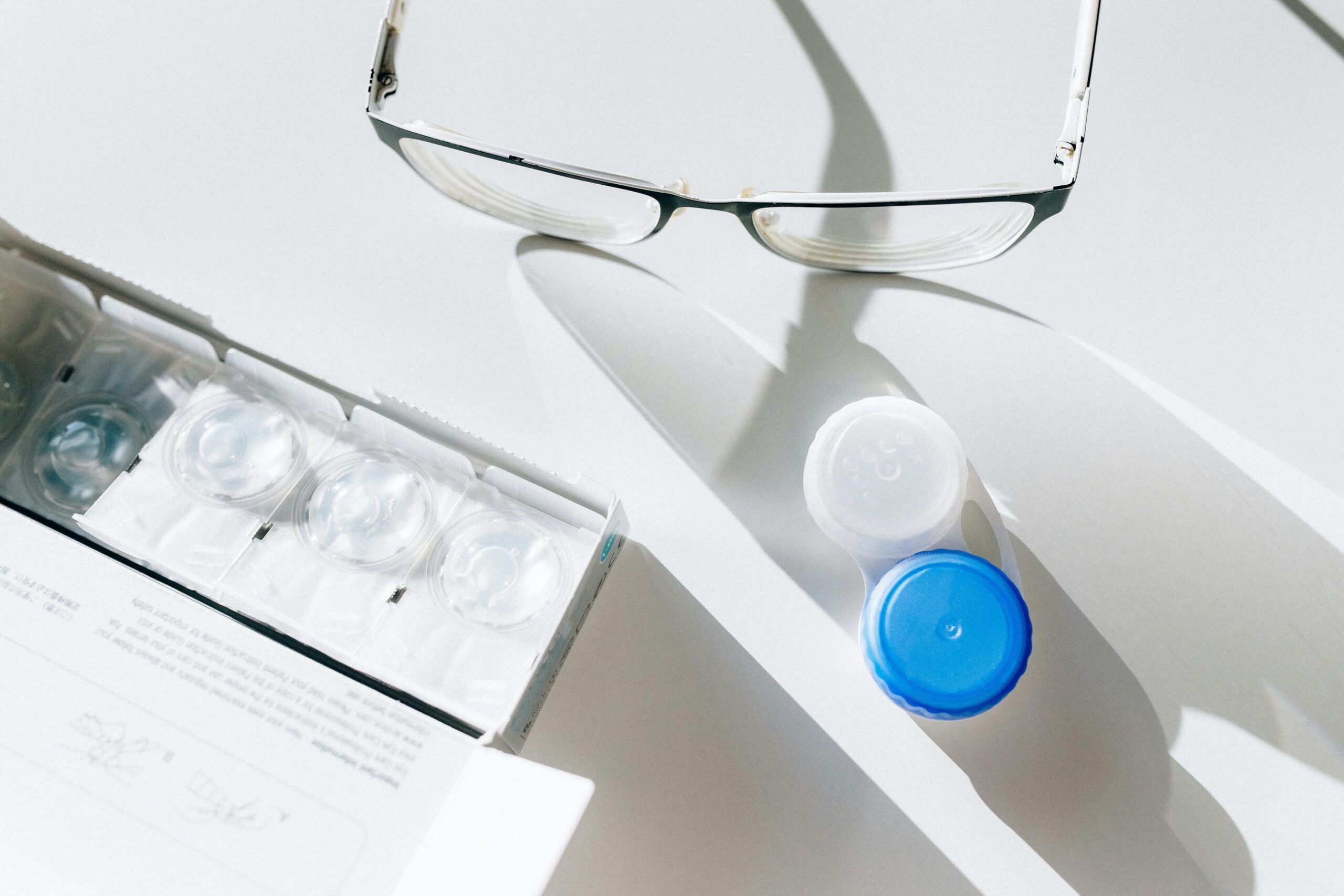Keratoconus is a progressive eye disorder in which the normally round, dome-shaped cornea (the transparent front part of the eye) thins out and begins to bulge into a cone-like shape. This cone shape deflects light as it enters the eye, causing distorted vision. While the condition is not very common, it can significantly affect quality of life if not managed properly.
What Is Keratoconus?
The cornea is essential for focusing light onto the retina to create clear vision. In keratoconus, the structure of the cornea becomes weaker, causing it to thin and protrude forward into a cone shape. This irregular shape prevents light from being focused correctly on the retina, leading to blurred or distorted vision.
Causes of Keratoconus
The exact cause of keratoconus is not fully understood, but several factors are believed to contribute to its development:
- Genetics: A family history of keratoconus increases the risk of developing the condition. Genetic predisposition is thought to play a significant role.
- Environmental Factors: Constant eye rubbing, especially in people with certain conditions like allergies or asthma, may contribute to the weakening of the corneal tissue.
- Enzymatic Imbalance: An imbalance of enzymes in the cornea might lead to oxidative damage from free radicals, weakening the corneal tissue and contributing to keratoconus.
- Underlying Medical Conditions: Some medical conditions, such as Down syndrome, Marfan syndrome, and connective tissue disorders, are associated with a higher risk of developing keratoconus.
Symptoms of Keratoconus
Keratoconus typically begins during adolescence or early adulthood and may progress over the next 10 to 20 years. The symptoms vary depending on the stage of the condition:
- Blurred or Distorted Vision: The most common symptom is distorted vision that can’t be corrected with regular glasses.
- Increased Sensitivity to Light and Glare: Bright lights, especially at night, may cause discomfort or halos around lights.
- Frequent Changes in Prescription: The need for frequent updates to your glasses or contact lens prescription could indicate keratoconus.
- Double Vision in One Eye: As keratoconus progresses, you might see double images in one eye, even when the other eye is closed.
- Streaking of Lights: Light sources may appear to streak in the direction of the cone.
- Difficulty with Night Vision: Vision may become worse at night or in low-light conditions.
- Sudden Worsening of Vision: In rare cases, the cornea may swell and cause a sudden, severe decrease in vision. This condition is known as hydrops and requires immediate medical attention.
Diagnosis of Keratoconus
Early detection and diagnosis are crucial for managing keratoconus effectively. If you experience symptoms, an eye care professional may perform the following tests:
- Corneal Topography: This non-invasive imaging test maps the curvature of the cornea and is the most sensitive way to detect keratoconus.
- Pachymetry: This test measures the thickness of the cornea. Thinning of the cornea is a key feature of keratoconus.
- Slit-Lamp Examination: A detailed examination of the cornea using a special microscope can reveal signs of keratoconus.
- Keratometry: This test measures the curvature of the cornea and can detect irregularities associated with keratoconus.
- Optical Coherence Tomography (OCT): This imaging technique provides high-resolution cross-sectional images of the cornea, helping to identify and monitor keratoconus progression.
Treatment Options for Keratoconus
The treatment for keratoconus depends on the severity of the condition and how much it affects your vision. Options range from corrective lenses to surgical interventions:
- Glasses or Soft Contact Lenses:
- Early Stages: In the early stages of keratoconus, glasses or soft contact lenses may correct the mild distortion in vision.
- Rigid Gas Permeable (RGP) Contact Lenses:
- Moderate Cases: As keratoconus progresses, rigid gas permeable lenses may be needed. These lenses maintain their shape on the eye, allowing them to mask the irregular shape of the cornea and provide clearer vision.
- Hybrid Contact Lenses:
- Comfort and Clarity: These lenses have a rigid center and a soft outer ring, offering the clarity of RGP lenses with the comfort of soft lenses.
- Scleral Lenses:
- Severe Cases: Scleral lenses are large-diameter lenses that rest on the sclera (the white part of the eye) rather than the cornea. They create a tear-filled vault over the cornea, providing comfort and improved vision for severe cases of keratoconus.
- Corneal Collagen Cross-Linking (CXL):
- Stabilization: This minimally invasive procedure aims to strengthen the corneal tissue and halt the progression of keratoconus. It involves applying riboflavin (vitamin B2) eye drops to the cornea, followed by exposure to ultraviolet (UV) light. CXL can prevent further corneal thinning and protrusion.
- Intacs:
- Corneal Inserts: Intacs are tiny, arc-shaped implants that are surgically inserted into the cornea to flatten it and reduce the cone shape. This procedure can improve vision and make contact lenses more comfortable.
- Corneal Transplant (Keratoplasty):
- Advanced Cases: In cases where keratoconus has progressed to the point where other treatments are no longer effective, a corneal transplant may be necessary. During this procedure, the damaged cornea is replaced with healthy donor tissue.
- Topography-Guided Custom Ablation (TGCA):
- Custom Treatment: TGCA is a laser procedure that reshapes the cornea based on detailed topographical maps. It’s usually combined with corneal cross-linking for better results.
Living with Keratoconus
Living with keratoconus can be challenging, but with the right treatment and lifestyle adjustments, many people can maintain good vision and lead normal lives:
- Regular Eye Exams: Regular check-ups with an eye care professional are essential for monitoring the condition and adjusting treatment as needed.
- Avoid Eye Rubbing: Rubbing your eyes can worsen keratoconus, so it’s important to break the habit if it’s something you do frequently.
- Protect Your Eyes: Wear sunglasses to shield your eyes from UV rays and reduce glare.
- Supportive Resources: Consider joining support groups or connecting with others who have keratoconus to share experiences and tips.
Conclusion
Keratoconus is a progressive eye disorder that can significantly impact your vision if left untreated. Early detection and appropriate management are crucial for preserving vision and maintaining quality of life. With advancements in treatment options, many individuals with keratoconus can achieve improved vision and continue to live full, active lives. If you or someone you know is experiencing symptoms of keratoconus, it’s important to consult an eye care professional for a comprehensive evaluation. Early diagnosis and personalized treatment plans can make a significant difference in managing keratoconus effectively and preserving your vision over the long term.
For more info, download our detailed brochure here.



